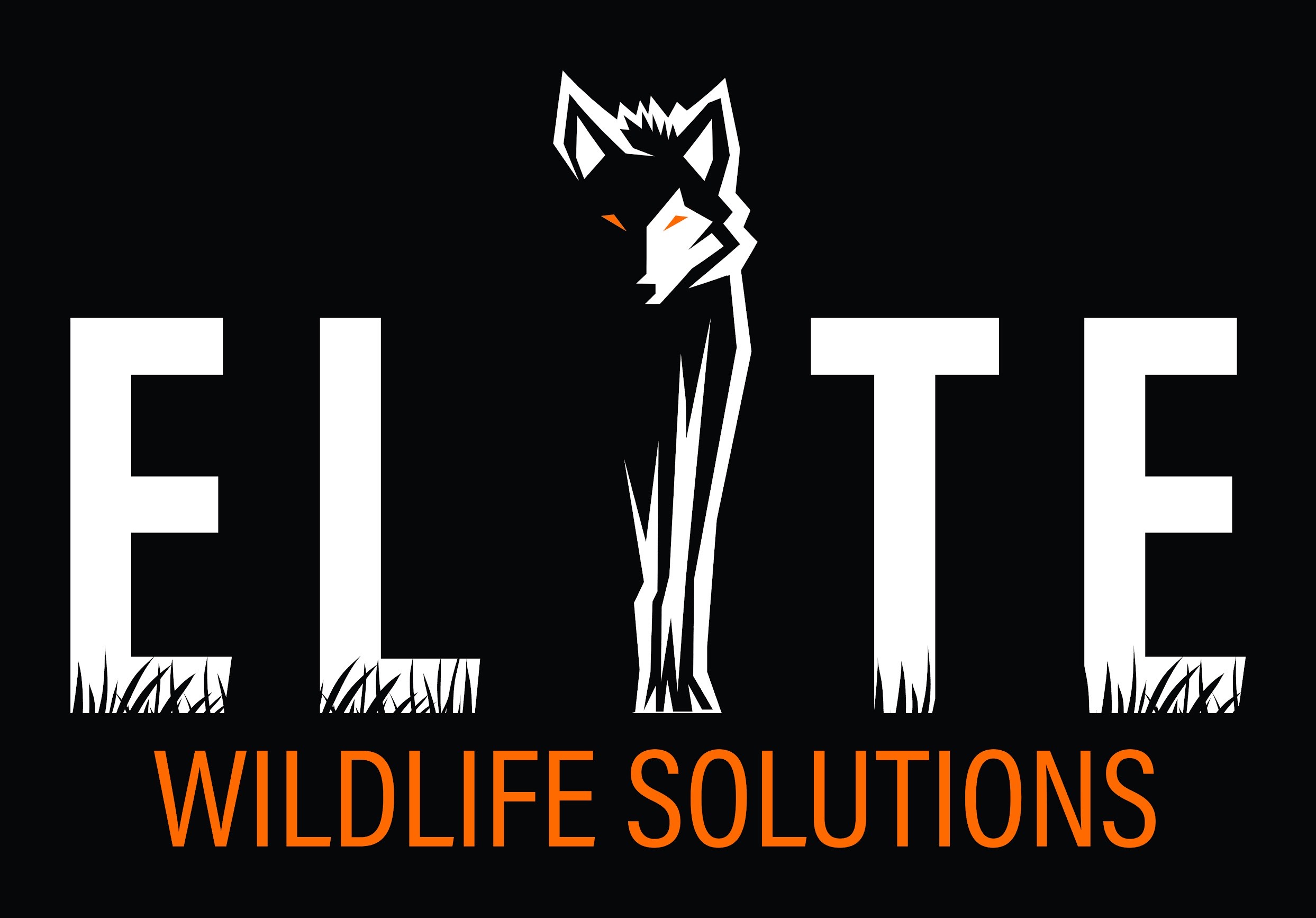
When wild animals invade your home, your first instinct is often to find the most affordable solution. But in the world of wildlife removal and exclusion, the lowest bid can turn into the most expensive mistake.
What looks like a bargain upfront often leads to costly repairs, repeat infestations, and major health risks down the road. Here’s why going cheap on wildlife control rarely pays off.
The Hidden Cost of Cheap Wildlife Removal
That low quote might seem appealing, but here’s what it often includes:
- Inferior materials like thin mesh, foam, aluminum drip edge, or low-grade caulk
- Incomplete work where critical gaps and hidden entry points are ignored because “you can’t see them”
- Untrained technicians without proper wildlife certifications are leading to poor workmanship and missed signs of infestation.
In other words, cheap isn’t better — it’s just cheaper… until the real damage starts showing.
The Illusion of a “Good Deal”
Unfortunately, the wildlife control industry is filled with misinformation.
Many homeowners turn to social media for answers, take advice from general contractors or handymen, or even try home remedies that simply don’t work.
These well-intentioned shortcuts often lead to massive damage — damage that we see every day:
- Torn insulation in attics and crawl spaces
- Chewed wires and damaged ductwork
- Contaminated insulation and structural materials
- Rodent-related contamination that can affect health
- Expensive removal and re-sealing of foam or caulk that was never effective to begin with
Rodents aren’t just a nuisance — they’re dangerous. Documented studies show they are responsible for up to 25% of house fires, cause billions in property damage, and can spread diseases that have real, lasting health consequences. This isn’t fear-mongering. It’s a fact.
What to Look for in a Professional Wildlife Removal Company
Before comparing costs, here’s what really matters when hiring a wildlife removal company:
1. Proper Licensing and Certifications
DNR licensing is the bare minimum — it eliminates general contractors, roofers, and handymen who aren’t legally allowed to trap animals. But it doesn’t stop there.
Look for companies with:
- Rodent Standards Certification
- Bat Standards Certification
- Advanced Wildlife Training
- Zoonotic Certification (understanding of disease and contamination risks)
- Ridge Vent Protection Certification
These are the kinds of credentials that separate a real wildlife professional from a pest control company dabbling in the trade.
2. High-Quality Materials
Ask what materials they use. If they mention aluminium drip edge, foam, caulk, or mesh — that’s a red flag.
A true exclusion professional will use:
- Powder-coated steel
- Custom-fabricated metal
- Commercial-grade sealants with proper backers
- Precision fit methods backed by advanced training in metal bending and application
Anything less is asking for trouble.
3. Proven Experience and Reputation
Look for:
- Years of experience
- Consistent 5-star reviews
- A company owner who is hands-on and stands behind the work
- Photos and documentation of past jobs
- Warranty coverage that holds real value
Only after a company passes these standards should price come into the conversation. At that point, you can assess who offers the best value — not just the lowest number.
Final Thought
Your home isn’t just a structure — it’s your investment, your family’s safe haven. If it’s worth protecting, then quality wildlife removal isn’t optional — it’s essential.
But if the only priority is the cheapest price, be prepared for shortcuts, failures, and potential health and safety risks that could have been avoided.
At Elite Wildlife Solutions, we don’t cut corners. We invest in the best materials, advanced training, and proven exclusion methods because your home — and your family — deserves nothing less.
FAQs About Wildlife Removal
Q: Is it worth paying more for wildlife removal?
Yes — professional wildlife removal ensures long-term protection using high-quality materials and certified technicians, preventing repeat issues.
Q: What materials should a wildlife control company use?
Look for powder-coated steel, custom-fabricated metal, and sealants with proper backing, not foam or mesh.
Q: How can I tell if a company is qualified?
Check for wildlife-specific certifications, years of experience, warranty coverage, and strong reviews.
